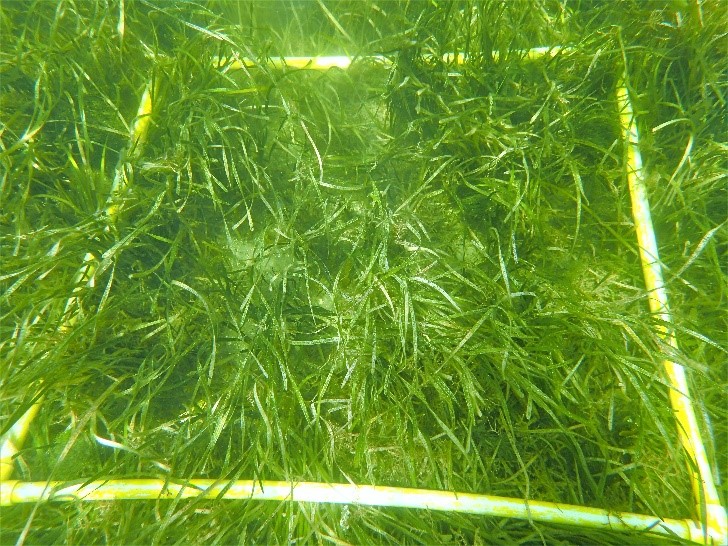Seagrass restoration has a bad rap. Or, at least, recent studies about seagrass restoration report high costs and low success rates. But, much of what we know  about seagrass restoration is buried deep in reports and permits, never finding its way into scientific articles. Until now!
about seagrass restoration is buried deep in reports and permits, never finding its way into scientific articles. Until now!
Documentation of seagrass damage
When a contractor, homeowner, or anyone else wants to build something that will impact coastal resources, a permit (probably multiple) will be involved. If critical resources such as seagrass will be impacted, the damage (by law) must be repaired or mitigated. Accidental seagrass damage from vessel groundings and prop scars can also be repaired and these activities require permits as well. Usually, permits carry requirements about monitoring and reporting data on the seagrass restoration activities.
Seagrass monitoring reports contain information about the nature of the initial damage, steps taken to mitigate for the damage, and the outcomes of those steps. These reports are collected and held by environmental agencies to ensure compliance. Therefore, over the years, agencies accumulated a vast wealth of knowledge about seagrass restoration. The problem is that these reports don’t exist in a centralized database. Worse yet, there has been little to no standardization of the types of data collected (let alone the format)!
Unearthing seagrass gold
Recently, a group of scientists set out to tackle this problem. Researchers sifted through hundreds of permits, monitoring reports, and other “gray literature” to glean information about seagrass restoration. After compiling locations and seagrass data from each document, they took it a step further. They actually revisited 32 sites to measure seagrass in the field! Their goal was to assess percent cover, diversity, and composition of the restored seagrass relative to the adjacent natural seagrass. The team used these data to check in on restoration success long after the permit-required monitoring programs concluded.
In a new study of long-term success of seagrass restoration in Florida, Rezek et al. detail their findings.Their data suggests seagrass restoration in Florida might actually enjoy higher success rates than previously thought. For example, 88% of sites had seagrass between 3 and 32 years post-restoration. Many sites had lower seagrass coverage than nearby natural sites, but the presence of seagrass is still a positive sign. Even more encouraging, the researchers found that vessel damage repair projects were the most successful type. When vessel repair sites were revisited, all of them had seagrass communities that mirrored nearby natural sites.
Conservation first
This study reports seagrass restoration success rates that are higher than previously thought. However, the fact still remains that seagrass restoration is costly. Moreover, the ability to restore seagrass should never serve as an excuse to allow seagrass loss. It remains true that the best way to protect seagrass is to prevent loss of these vital ecosystems in the first place. Do your part to protect seagrass by being a seagrass safe boater and paying attention to ways you can reduce nutrient pollution!
 1
1
